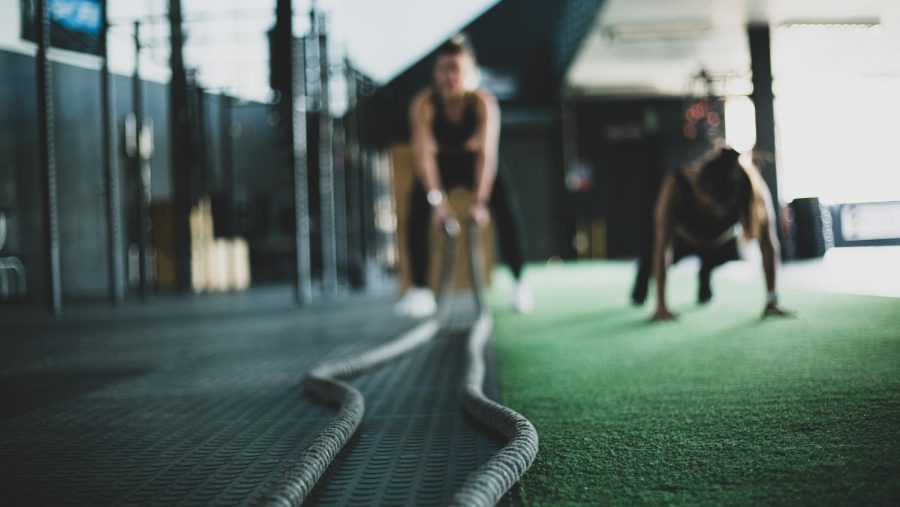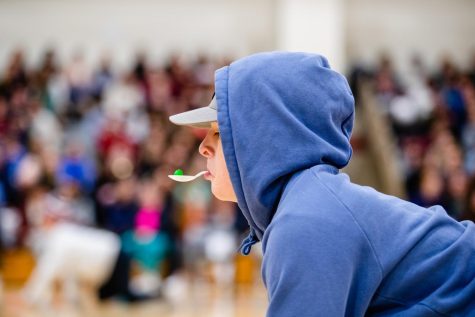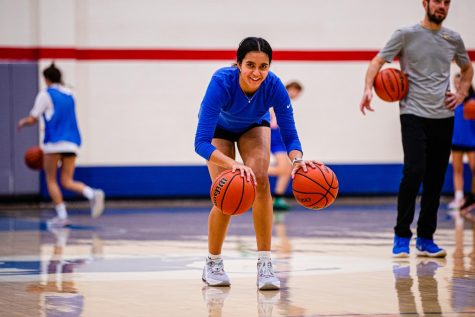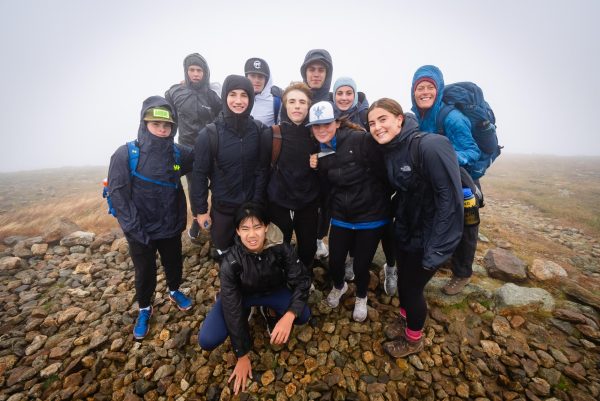Training Transition: Getting Ready for Winter Atheltics
Holderness student-athletes are beginning to make the transition from their fall sports to winter sports, which can involve a lot of both training and nutritional changes that are important to nurture the ability to be a multi-sport athlete.
Training
Training is one of the most important parts of athletics in any season. Properly preparing your body is crucial to performing your best. This is made easier by being a multi-sport athlete, but how can you make progressive changes for the seasonal transition? First of all, you have to establish which sport you want to dedicate yourself to right now. In the instance of playing a varsity sport for either fall or winter, you may make the choice to prioritize a certain activity that is likely accompanied by a particular training regimen. This allows you to build relevant strength for the activities that hold your main focus, which means that your training reflects the muscle groups that your sport uses most. This helps in avoiding extra strain on your body that doesn’t have a direct benefit, allowing you to preserve energy which becomes even more valuable when student-athletes are switching to winter schedules. Second of all, continuing the focus on reserving energy, take it slow. Going all in from strict running to box jumps, lifting, and more will just tire you out and make you sore for days. Lastly, try to remember that you need rest days, and getting in quality workouts that you can allow your body to recover from is more productive than stretching yourself thin.
Nutrition
The second component to this switch is nutrition, which is equally as important as training because there is no sense in putting in all this work if you aren’t going to fuel your body properly to get the credit for it. Disregarding the athletic aspect of winter, the season itself is more nutritionally demanding than others. People tend to be lower in certain vitamins in the winter, like Vitamin-D, Omega-3 fatty acids, Vitamin C, and more. It is important that you don’t disregard your body’s needs in the vitamin and mineral category when worrying about nutrition. Alongside winter demanding vitamins, rigorous training demands more food. Coach Sweet, the Holderness Strength and Conditioning Coach, shared some advice for making sure athletes are properly fueled in line with their needs. She explained that “Proper nutrition is a key ingredient to students’ wellbeing and performance in the classroom and in athletics.” which includes 3 balanced meals accompanied by snacks and constant hydration. She shared that “nutrition and food are fuel for our bodies. Just like in cars, we have to continuously refuel our body to keep it running. Without this fuel, we will run out of energy”. Especially important in athletes preparing for winter sports, fueling becomes known as thermogenesis, where a large portion of food is burned to keep the body warm. This requires an even higher food and healthy fat intake, that is easily ingested after exercise in a 2:1 carb:protein ratio snack.
Considering the many different aspects of getting yourself ready to make the switch to your winter sport, think of different minor adjustments that you can make over time to ease the transition.










